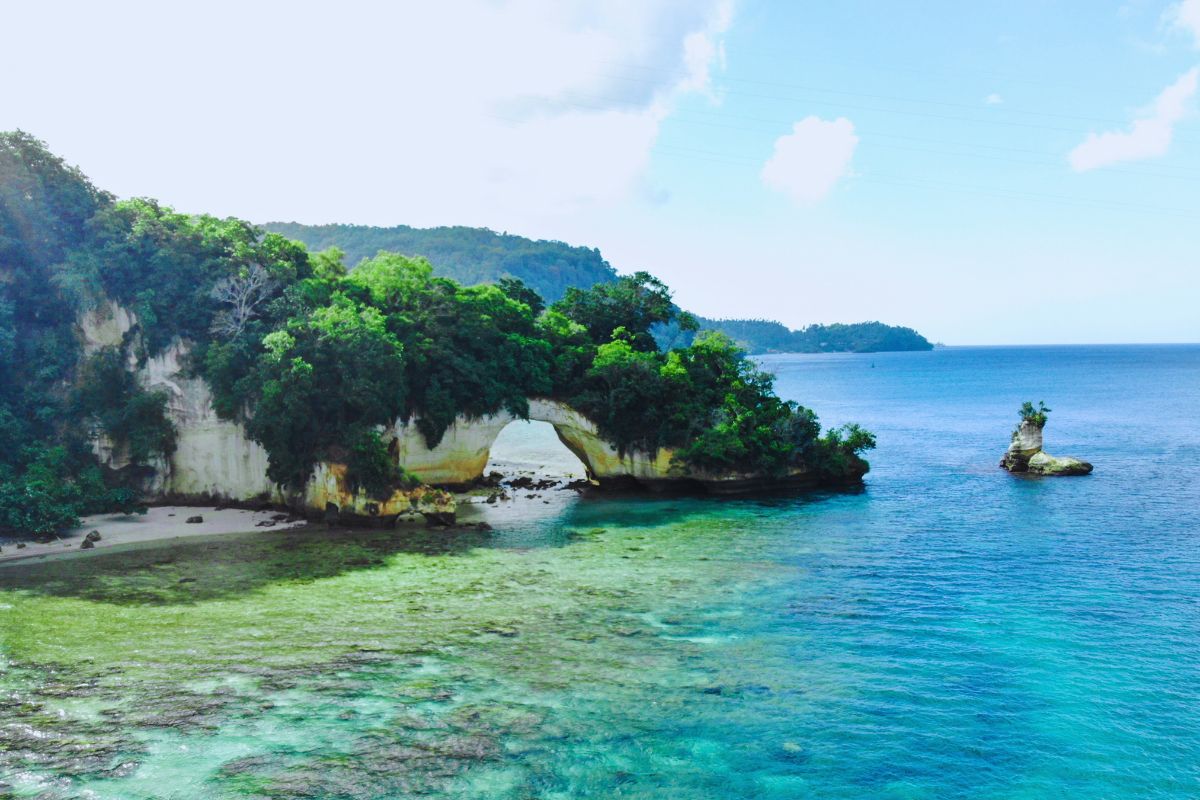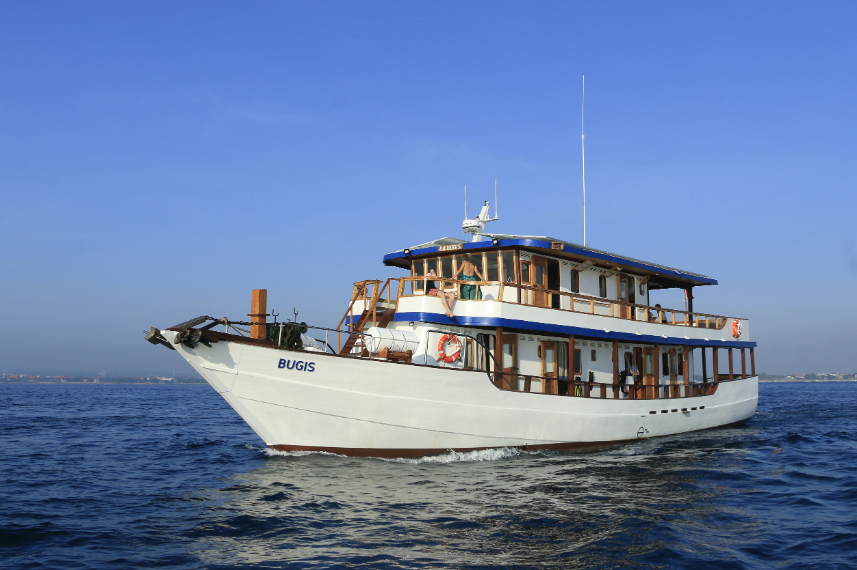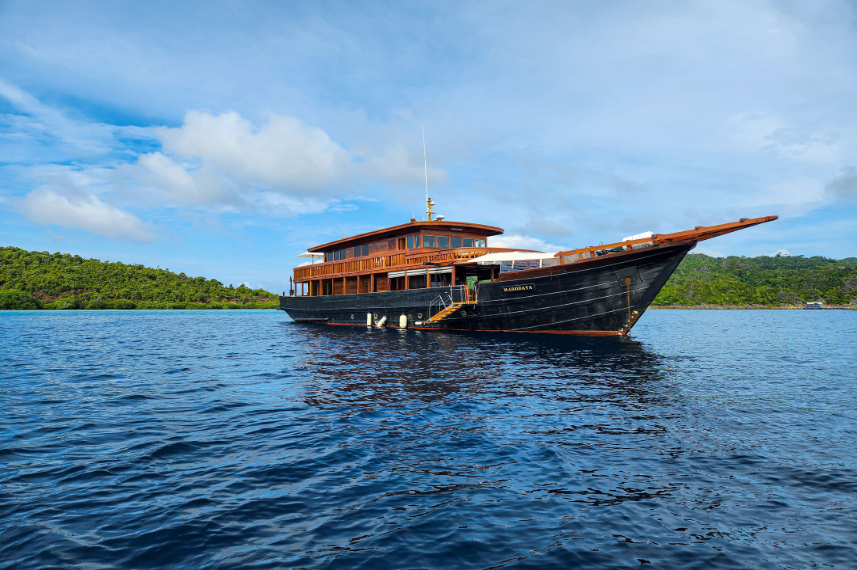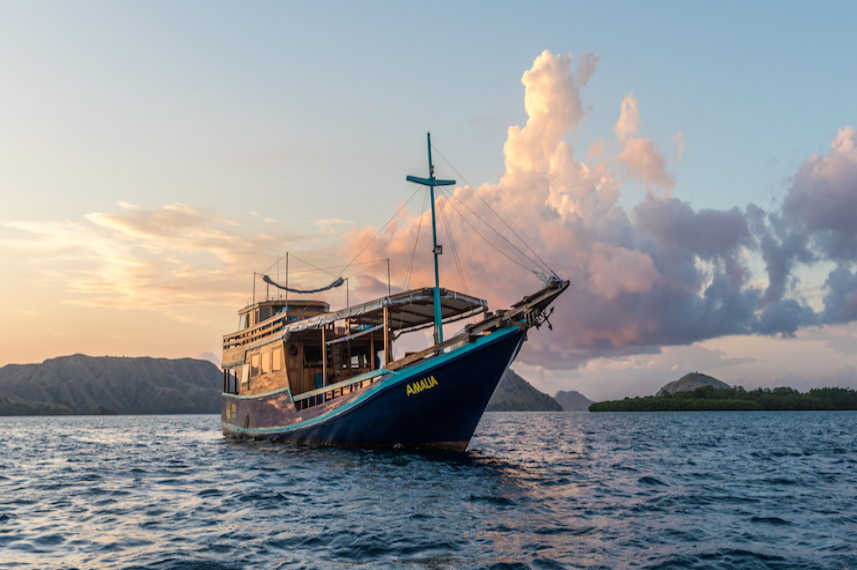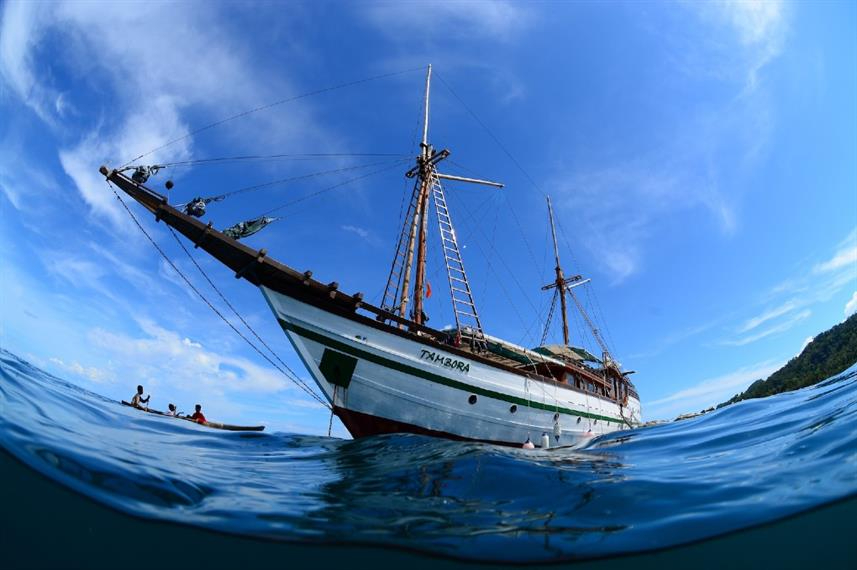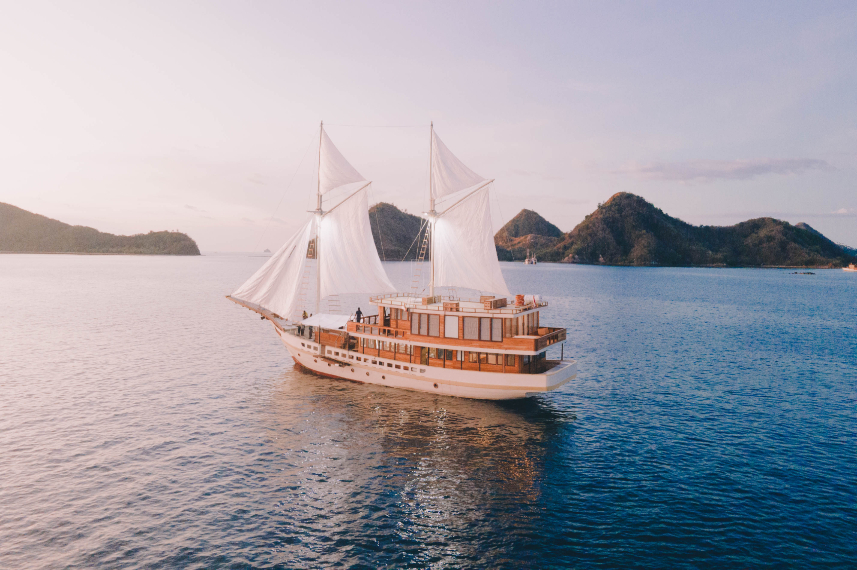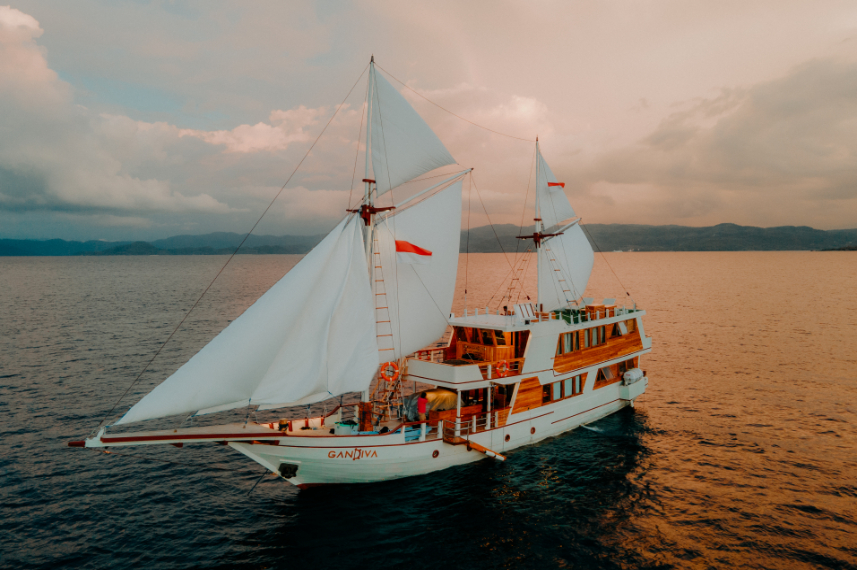Bitung
Located opposite Lembeh Island, the world’s most famous muck dive region, Bitung is the busiest port city in North Sulawesi. On paper, it doesn’t look like an ideal diving destination. But this is where the saying, “Don’t judge a book by its cover,” applies. Once you dive into the water, the scenery will make you at a loss for words.
Home to many world-class dive sites, Bitung is heaven for macro enthusiasts. Unusual critters that are rarely spotted anywhere else are abundant in Bitung. The question is not about where to dive anymore but what else is there to see. Brace yourself for the most breathtaking dive experience in the northern Sulawesi.
Top highlights of Bitung
- Head to Kapal Indah for some wreck diving of a cargo boat that has been lying underwater for over 40 years
- Batu Angus is the ideal spot to witness the mating ritual of Mandarin fish
- Fancy to see different species of gobies? There’s no place like Goby A’Crab to satiate your wish
- Do not skip exploring Hairball, as this dive site is possibly the most famous spot in Bitung
- If you need a break from the muck diving, the northern area is perfect for coral reefs and wall-diving
About Bitung
With a population of around 200 thousand, according to the 2022 census, Bitung is the second most populous city in north Sulawesi after the capital, Manado. Bitung was also recognized and awarded as one of the cleanest cities in Indonesia from 2007 to 2014.
Though it is known as a modern coastal city, the culture here is still intact. The Sangir ethnic (people from the Sangihe and Talaud in northern Manado) strongly influenced the culture in Bitung, with one of their traditional celebrations being called Tulude. This celebration is similar to Thanksgiving, where people praise God for His protection and blessing.
The Tangkoko Nature Reserve is only about 30 minutes from Bitung city centre, and it protects some endangered and threatened fauna, such as Celebes crested macaques and spectral tarsiers, with the latter becoming a Bitung icon.
Diving in Bitung
Geographically, Bitung and Lembeh are separated by Lembeh Strait, so it is no surprise they share the same DNA when it comes to diving: the heaven of macro creatures.
For macro enthusiasts, the region is a dream destination. And as the Critters Capital of The World, Bitung fulfills that reputation magnificently. Different macro species, from gobies, cuttlefish, ghost pipefish, sea moths, and Mandarin fish to octopuses, crabs, shrimps, frogfish, pygmy seahorses, moray eels, and nudibranchs scatter in every corner of the region. The sandy bottom, the abundant debris, and the rubbish may hinder underwater visibility, but they are easily spotted once you get accustomed to the murky conditions.
Banggai cardinalfish is one of the notable species that can be found here, even though the fish is the endemic species of Banggai in the Togian Islands. The Lembeh Strait is one of the areas outside its native location where Banggai cardinal fish is present. Then, there is the ocellated frogfish, also known as the Lembeh frogfish. The species with yellow/orange/pale ‘O’ eyespot on its dorsal fin is one of nine species of frogfish recorded in the Lembeh Strait and one of the most prized sightings in Bitung.
Are you getting tired of all the critters hunting? Bitung has another option up north. Wall and reef diving are available as a nice break from muck diving. The northern part of the strait offers a variety of fish species as well as better visibility. Eagle and devil rays, swordfish, damsel fish, wrasse, surgeon fish, and groupers, among others, await you if you decide to explore this part of the region.
Discover your next adventure in
Hunting for The Sea Dragon in Lembeh Strait
Lembeh seadragon was first discovered in the region around the mid-90s, but it wasn’t adequately categorized and scientifically named until 2006. Kyonemichthys rumengani is the name of this tiny animal, which is only around ten centimeters long and belongs to the family of seahorses and pipefish. The name itself is taken from how they swim, miming the Australian seadragon.
Their petite size makes it understandable why they are pretty difficult to pinpoint. They are usually spotted among the coral reefs, camouflaging seamlessly with the surroundings to deceive predators and prey. Their thin bodies are full of intricate patterns in red, orange, and white, making them slightly easier to spot among other seahorse species.
They are known as solitary creatures, even though they often live in pairs, and sometimes, they can be found within groups of ten pairs in one area. Spotting this elusive creature is a highlight of diving in Bitung, and if you’re a macro photographer, Lembeh seadragon is a fascinating subject to capture.
Diving Environments in Bitung
It’s no secret that when it comes to muck diving, expecting excellent visibility is like grasping for air. But that’s where the magic lies. The macro creatures hide and camouflage among sandy floors, rocks, and rubbles, waiting to be discovered. And most of them are the master of disguise.
The visibility around Bitung ranges from 5 to 25 meters, with an average of 10 meters throughout the year. The visibility is less excellent during the rainy season than during the dry season. The water temperatures here are within 25 to 29 degrees Celsius brackets and can drop a few degrees during the cooler months. It is advisable to wear 5mm full wetsuits while diving here.
Muck dive is also known to be relatively shallow, which also applies in Bitung. The depth of the waters here is from 5 to 25 meters, with many critters spotted below the 20-meter range. As for the currents around Bitung, due to its position, they are pretty calm, with the northern part of the region having a slightly stronger current. This condition makes Bitung ideal for novice and advanced divers.
Discover your next adventure in
How to get to Bitung
There is no airport in Bitung, so the starting point to get here is through Sam Ratulangi Airport in Manado. Many big cities in Indonesia, even Singapore, have direct routes to Manado.
Direct flights to Manado from Jakarta are available through Garuda, Batik Air, Lion Air, and Citinlink. If you depart from Surabaya, only Lion Air offers direct flights to Manado, while Citilink, Garuda, and Batik Air have a stopover in Makassar. No direct flight is available from Bali, so the option is to fly to Surabaya or Jakarta first.
Once you arrive in Manado, the journey by land to Bitung only takes approximately 45 minutes by toll road.
Diving Seasons & Weather in Bitung
Bitung’s geographical location makes it possible to dive here all year round. The dry season lasts from March to October, while the rainy season occurs from November to February. But the best period to dive here is from October to December when the visibility is at its best and the water temperatures are warm.
From July to August, the water temperatures drop slightly, and the visibility is less stellar. Still, this period is the perfect timing for critter hunting as it coincides with the wealthiest numbers of macro creatures.


